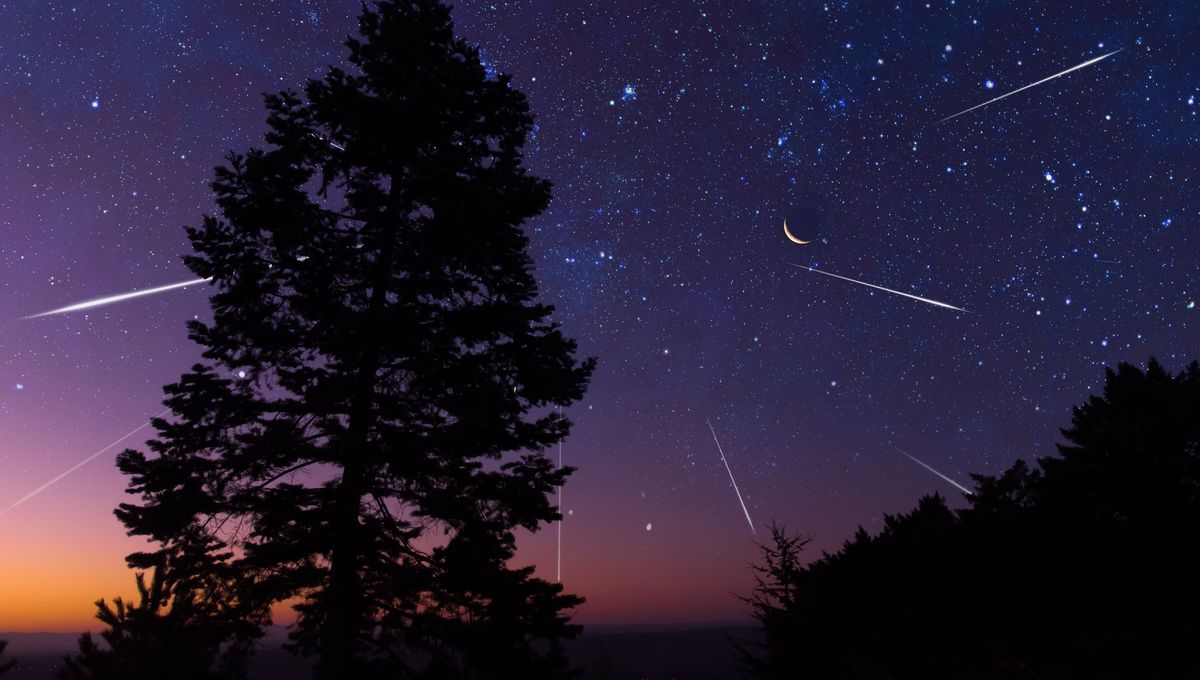
Stargazers are set to witness a double-whammy of meteor showers in November as Earth makes its annual passage through a stream of debris left by a comet.
The South Taurid meteor shower is set to peak on November 5, while the North Taurids are due to peak on November 12, according to the American Meteor Society.
These two dates are when the meteor showers are at their height of activity, although they’ll be around for much longer than a single night. The South Taurids run from around September 23 to November 12 and the North Taurids are active from about October 13 to December 2.
The Taurids are not a particularly “busy” meteor shower, merely producing around five visible meteors per hour under ideal viewing conditions. However, what they lack in frequency, they make up for in brightness and vibrancy.
“Fireballs are meteors that are as bright or brighter than the planet Venus […] They may exhibit larger explosions of light and color and can persist longer than an average meteor streak. This is due to the fact that fireballs originate from larger particles of cometary material,” according to NASA.
The Taurids are an annual meteor shower that peaks around this time, hence their nickname “Halloween Fireballs.” They actually two separate showers, with a southern and a northern component, both originating from Comet Encke. The streaks of light you will (hopefully) see in the sky are the result of tiny specks of debris from this meteor crashing into Earth’s atmosphere.
Some scientists have previously pondered whether the comet’s stream might be hiding larger rocks, possibly up to 100 kilometers (62 miles) wide. If debris collided with Earth, it would be a huge problem.
Fortunately, a study this year investigated the issue and found there were fewer big space rocks in the comet’s tail than previously feared. The researchers added that they will be keeping a closer eye on future Taurid showers to “further refine our results.”
“Our findings suggest that the risk of being hit by a large asteroid in the Taurid swarm is much lower than we believed, which is great news for planetary defense,” Quanzhi Ye, an assistant research scientist at the University of Maryland’s Department of Astronomy who supervised the project, said in a statement.
Humans have been infatuated with the Taurids for thousands upon thousands of years. Another study published this year suggests that the meteor shower is depicted on a stone pillar at Göbekli Tepe, a 12,000-year-old temple complex in Upper Mesopotamia, present-day Turkey.
Source Link: Taurids: Heads Up For Two Meteor Shower Peaks In November 2024